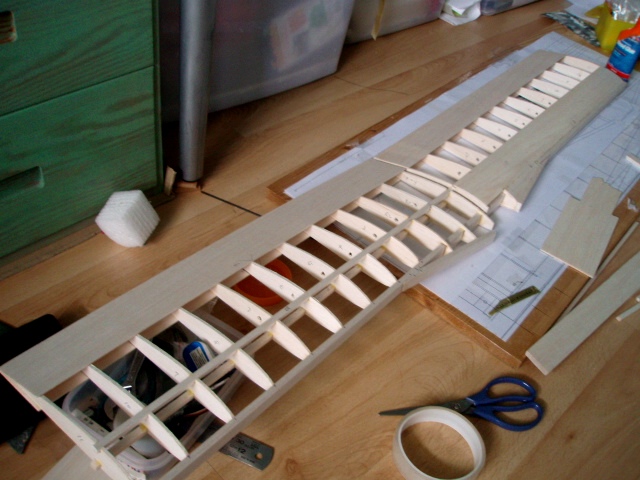There are many variations of the Pawnee, ranging from PA-36, Piper Brave, Piper Pawnee PA-25, etc. The differences comes from the size, round fins, square fins....those interested can read all about it from the internet.
For simplicity, I will just refer my build here as the Piper Pawnee.
I found this crop duster kind of an odd-ball model, the more you look at it, you may discover some beauty in this model. The almost constant wing chord also makes the build some what easier. So, I went around to search for free plan and finally found it in RC groups, and got the plans from Fred G.
I managed to print out the plan on A3 and tape up the pieces of puzzles. Decided to start on the Wings first as it is easier to build. This will be a very slow build as I am only working on the Pawnee build about once or twice a week.
I have no target completion date.......yet.
That's all for now.





For simplicity, I will just refer my build here as the Piper Pawnee.
I found this crop duster kind of an odd-ball model, the more you look at it, you may discover some beauty in this model. The almost constant wing chord also makes the build some what easier. So, I went around to search for free plan and finally found it in RC groups, and got the plans from Fred G.
I managed to print out the plan on A3 and tape up the pieces of puzzles. Decided to start on the Wings first as it is easier to build. This will be a very slow build as I am only working on the Pawnee build about once or twice a week.
I have no target completion date.......yet.

That's all for now.













 anywae just bcareful,, cheers.
anywae just bcareful,, cheers.













Comment